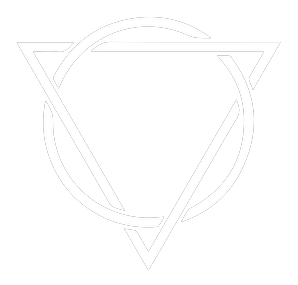Life-taking systems compared to life-giving systems are the essential polarity of human civilization’s spiritual, economic, and ecological struggle. One paradigm consumes, extracts, commodifies, and alienates; the other nurtures, regenerates, harmonizes, and connects. These are the forces that either nourish or vampirize the living world.
A taking system is built on extraction. It is the foundation of empire which sees Earth not as a living web of relationships, but as a warehouse of resources to be plundered. It views human beings as units of labor, as consumers, as demographic segments to be manipulated. These systems — settler colonialism, unbalanced industrial capitalism, and technocratic surveillance states, are obsessed with control. They create scarcity in the midst of abundance to maintain leverage. They produce alienation by severing people from land, from each other, and from their own inner depths.
In such systems of death, the metric of success is monetary growth at all costs. GDP increases while ecosystems collapse. Profits soar while human mental health deteriorates. The feedback loops are ignored because they threaten the narrative of perpetual expansion. These systems are thermodynamically non-resilient and unsustainable because they devour more energy than they return. They are like tumors - cells that have forgotten they are part of a larger organism. Strong courageous people will need to conclude them or else this system will conclude entire planets.
A giving system, in contrast, is built on the logic of reciprocity. It understands that no being exists in isolation and is based on regeneration, not extraction. In such systems, economic activities are designed to enrich the commons - not to privatize them. Agriculture becomes permaculture. Industry becomes circular. Governance becomes participatory and deeply local, with decisions made in alignment with ecological limits and human well-being. Work is not divorced from meaning - Craft, creativity, community rituals, these are not side projects; they are integral to the fabric of existence. Success is measured not in accumulation, but in the health of relationships: between people, between humans and ecosystems, between inner life and outer action. Moreover, such systems operate on biocentric time. They are patient. They value cycles over deadlines, depth over speed.
The essential difference is taking systems treat everything as a means to an end while giving systems recognize that life itself is the end. The “resource” is not a commodity—it’s a relationship. The tree is not lumber in waiting; it is a co-creator of the biosphere, a being in its own right.
Taking systems are loud and institutionalized. Giving systems are often quiet, local, and mimic nature. They grow in gardens, in co-ops, in community gatherings, in regenerative farms, in art collectives that refuse to be commodified. They are rhizomatic—networks without a center, spreading invisibly until they reach a tipping point.
The real future is to conclude them, render them obsolete, by nurturing life-giving alternatives that are so compelling, so nourishing, that people naturally gravitate toward them. The question is not whether we can transition to life-giving. It is whether we will remember that such systems are not utopian inventions, and short of natural anomalies like caldera volcanoes erupting or meteor striking, both of which happen every few thousands or millions of years, are how life in the natura world wants to organize itself.
